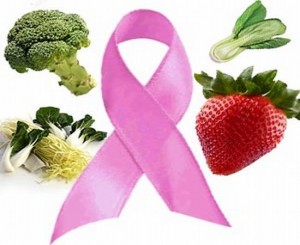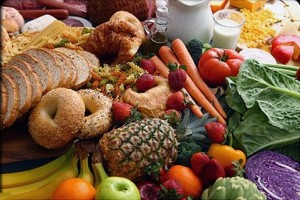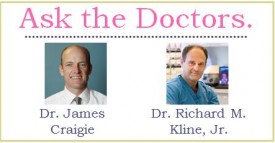 Hippocrates said, “Let food be your medicine, and medicine be your food.” As Charleston breast surgeons, we know that eating the right foods is a powerful weapon in your cancer-fighting and cancer-preventing arsenal. Here are four groups of foods you should include in your diet daily.
Hippocrates said, “Let food be your medicine, and medicine be your food.” As Charleston breast surgeons, we know that eating the right foods is a powerful weapon in your cancer-fighting and cancer-preventing arsenal. Here are four groups of foods you should include in your diet daily.
Berries
Berries of all types not only nourish your body, but also help cancer treatments work. They contain ellagic acid, a substance that helps your body fight cancer. They also help to inhibit cancer growth. Eat a variety of berries to get the full range of nutrients, including cherries, cranberries, strawberries, blueberries, blackberries, and raspberries.
Yellow, red, and orange fruits and vegetables
This food group, the carotenoids, gives your body powerful compounds such as lutein and lycopene to help your body attack cancer cells. These foods come in a variety of colors, which means they contain a wide range of nutrients.
Green tea
Green tea is full of antioxidants and reduces cancer cell growth and spread. Like berries, it acts as a helper for cancer treatment, specifically radiation.
Flaxseed
Flaxseed is rich in magnesium, copper, thiamine, fiber, alpha-linolenic acid, and tocopherols. It helps your blood carry oxygen throughout the body. Oxygen is a natural enemy of cancer. For more info the benefits of flaxseed, check out this article or check out this video below.
Sprouts and dark leafy greens
These delicious salad fixings boost your immune system and give you antioxidants to fight cancer. Chlorophyll helps your body stay healthy, and these foods are full of enzymes that contribute to detoxification.
Cruciferous vegetables
Years ago, the comedian George Carlin had a joke about broccoli and cauliflower killing cancer. It turns out he was correct: cruciferous vegetables, which also include cabbage, Brussels sprouts, chard, and collard greens, help fight cancer. Their potent anticancer nutrients not only aid the body in killing existing cancer, but they also stop precancerous cells from progressing.
Herbs
Strong-flavored herbs such as turmeric, mint, ginger, rosemary, and oregano flood your body with anti-inflammatory compounds that inhibit cancer growth. They also increase the effectiveness of cancer treatment and block the spread of cancer.
To receive the full effect of these foods, eat them regularly in generous amounts. The more you eat, the more effective your fight against cancer will be. Eat organic foods as much as possible, and drink plenty of filtered water.














